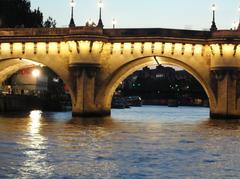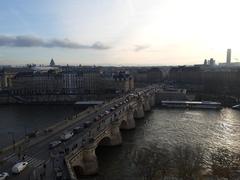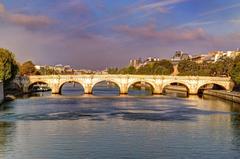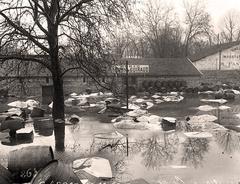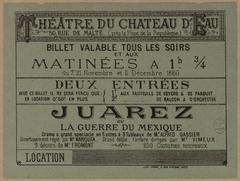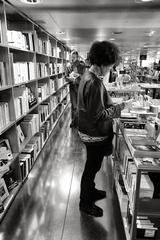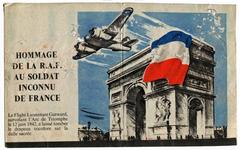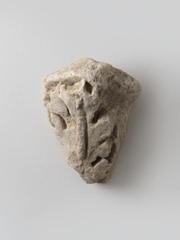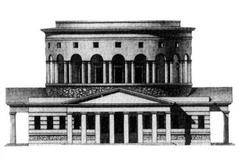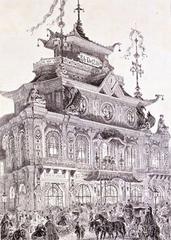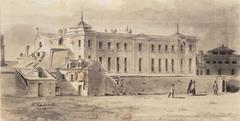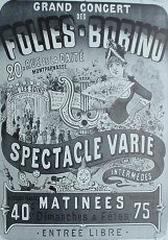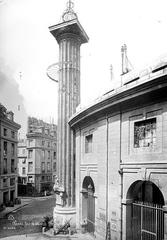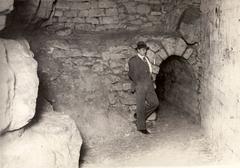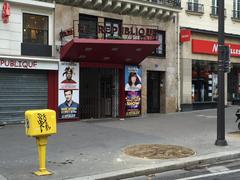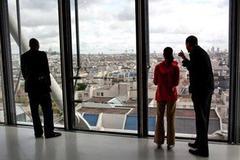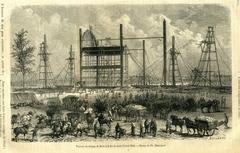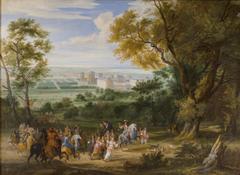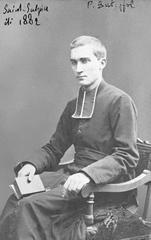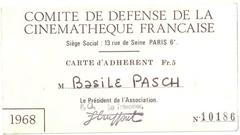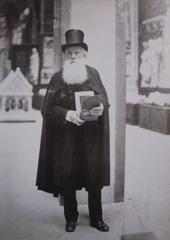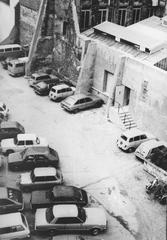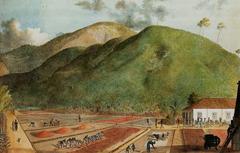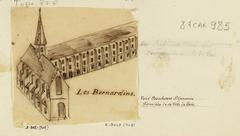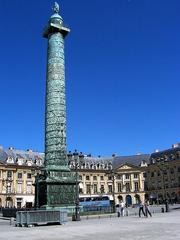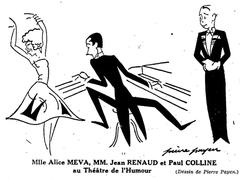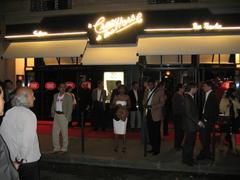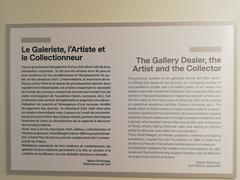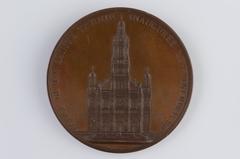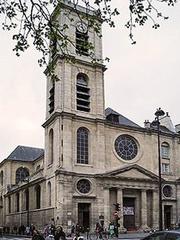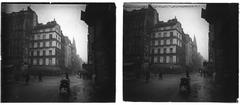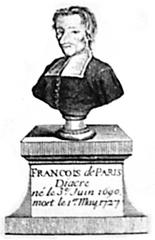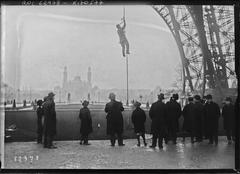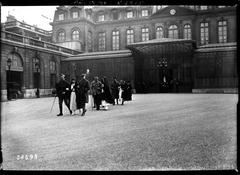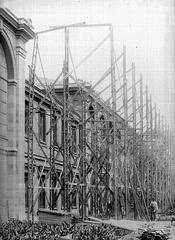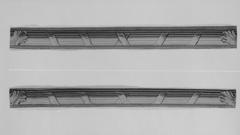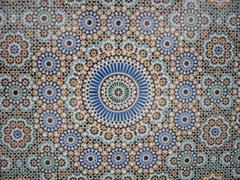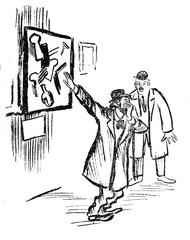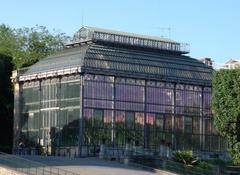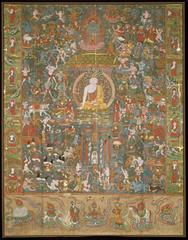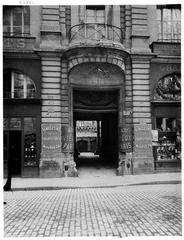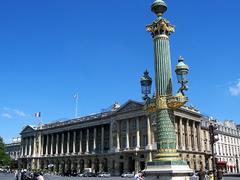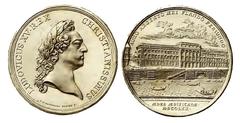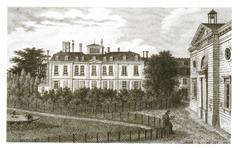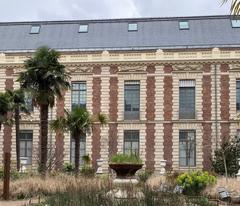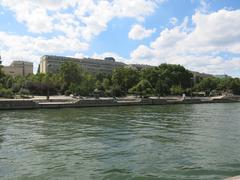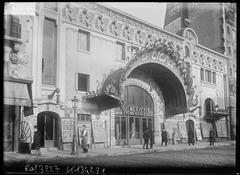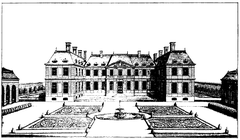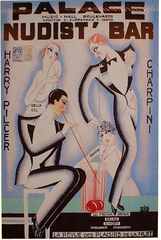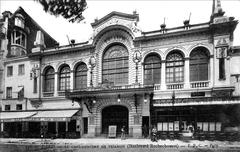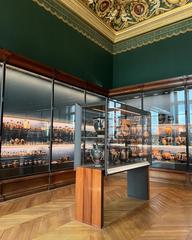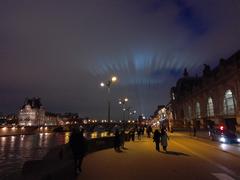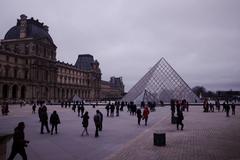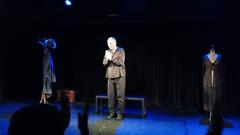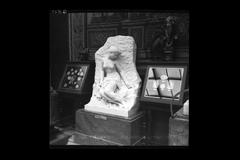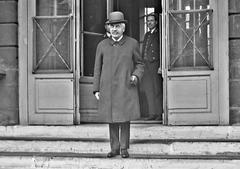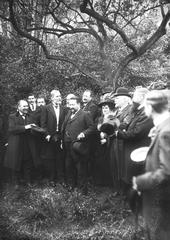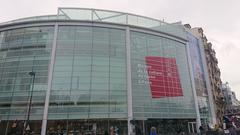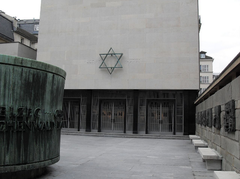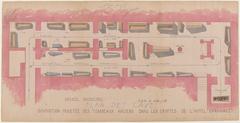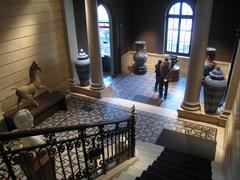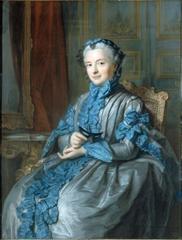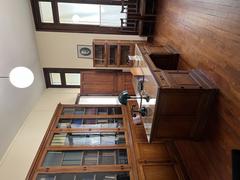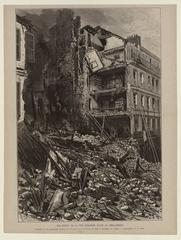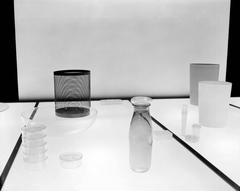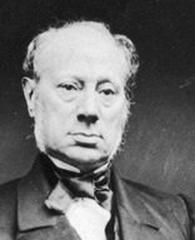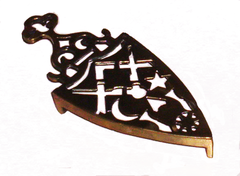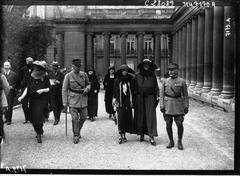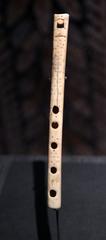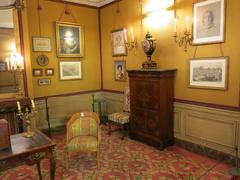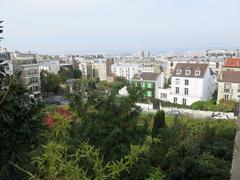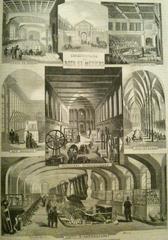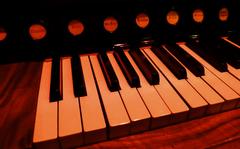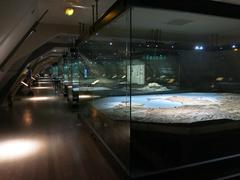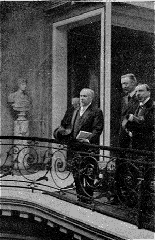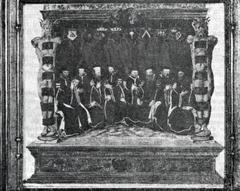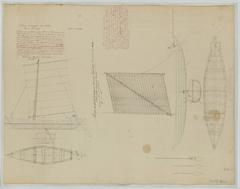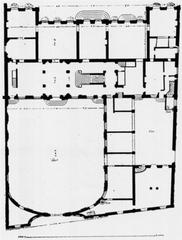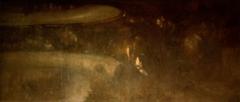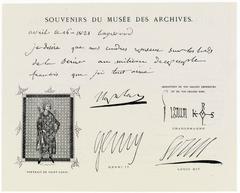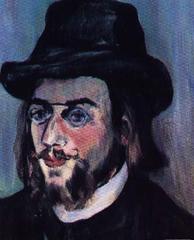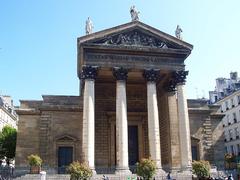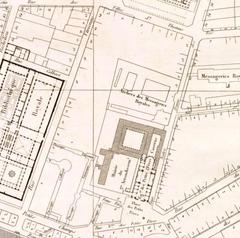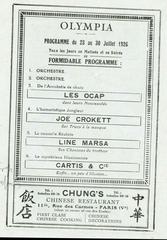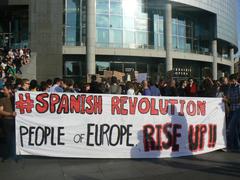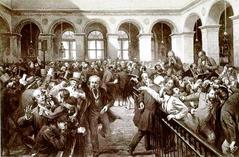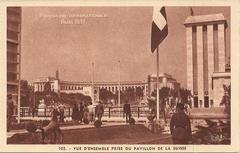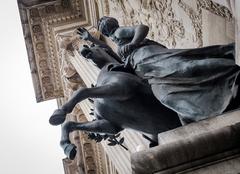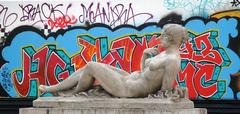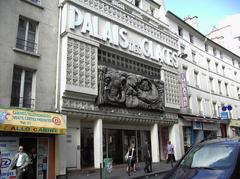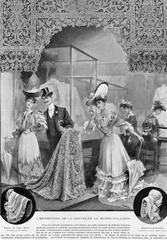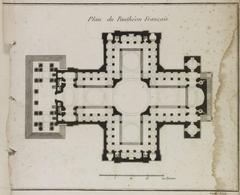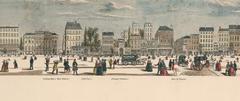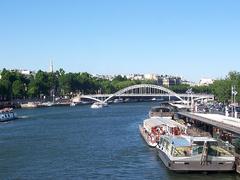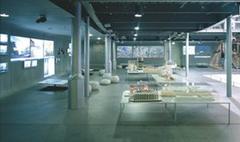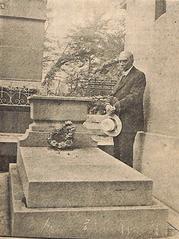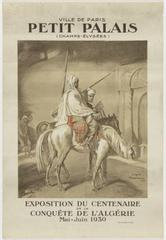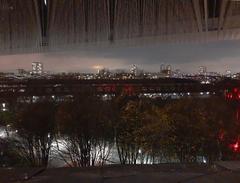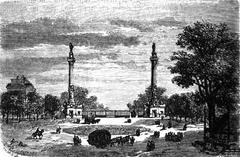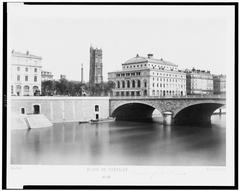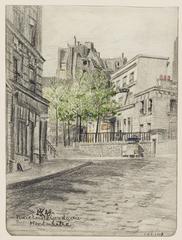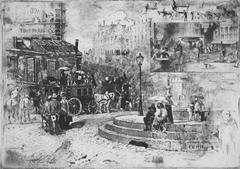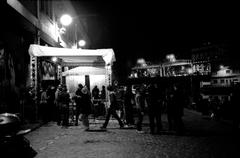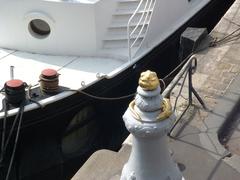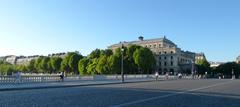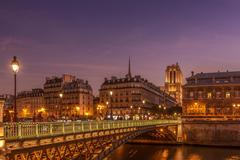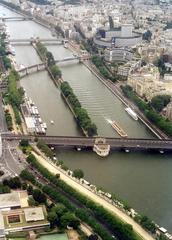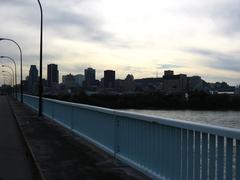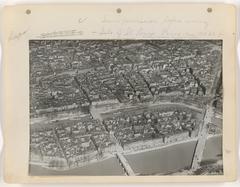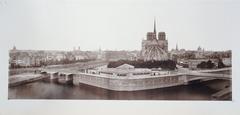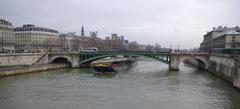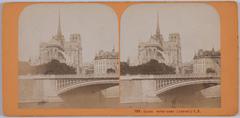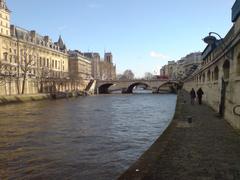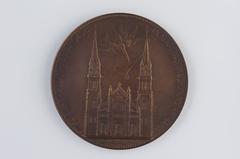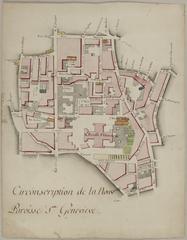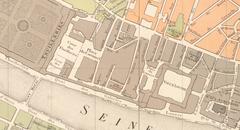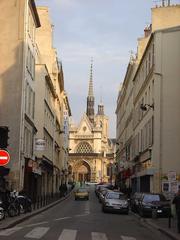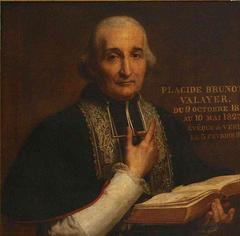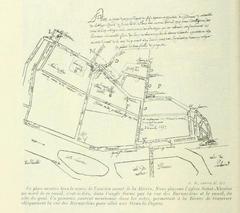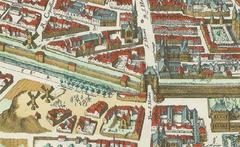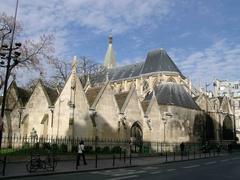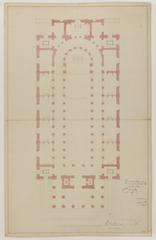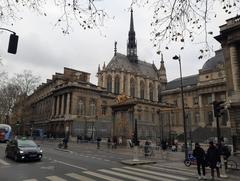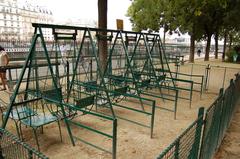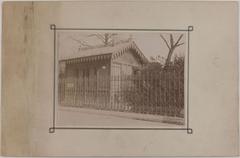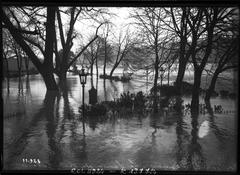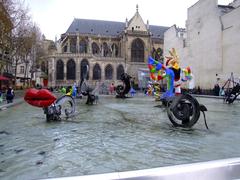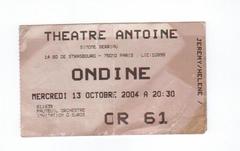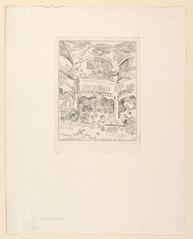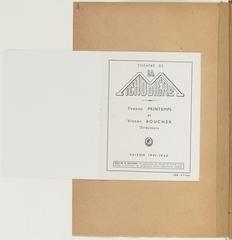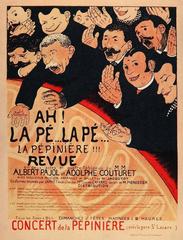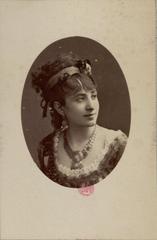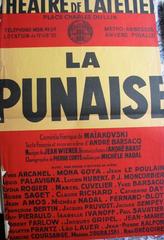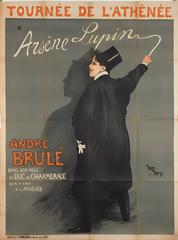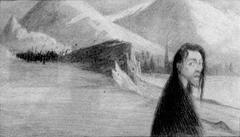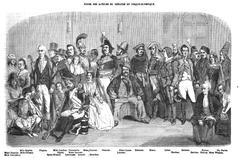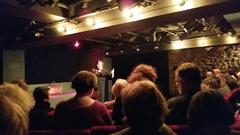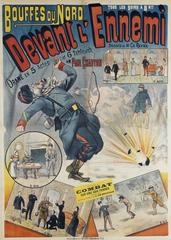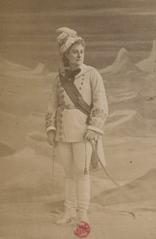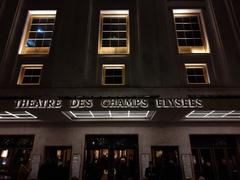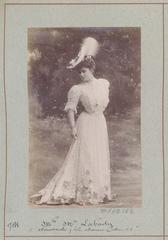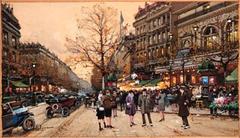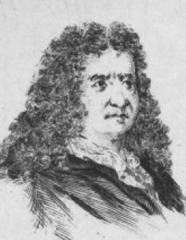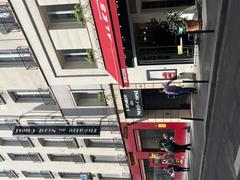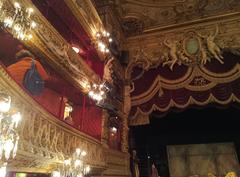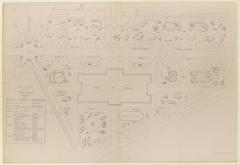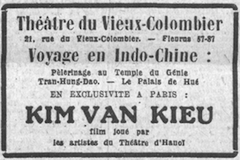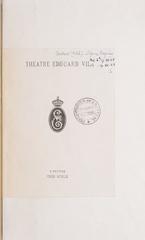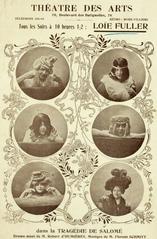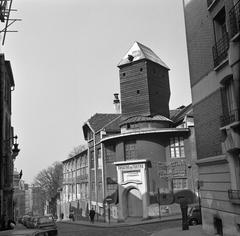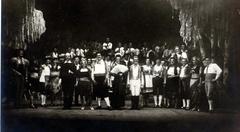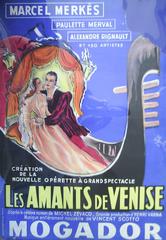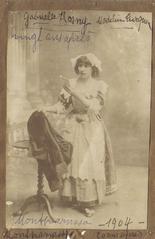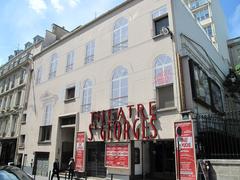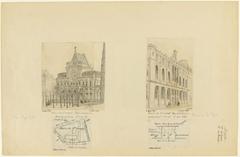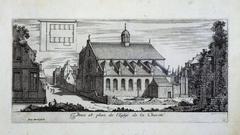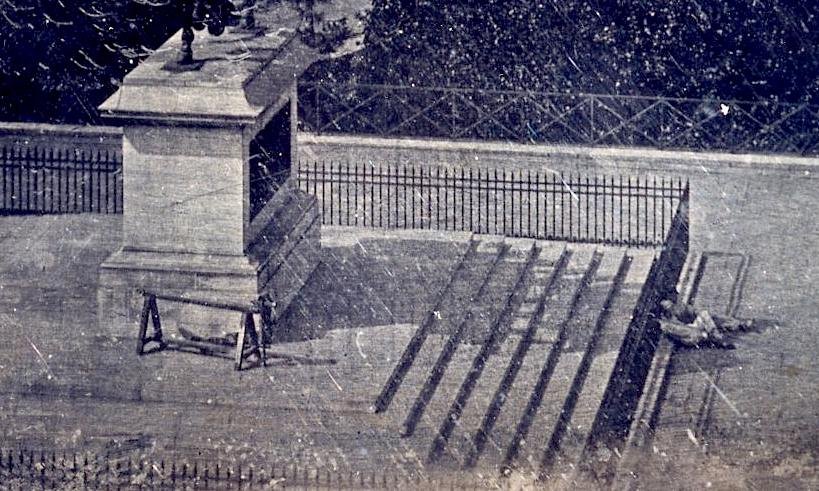
Complete Visitor’s Guide to Pont Neuf in Paris
Date: 17/07/2024
Introduction
Pont Neuf, which intriguingly translates to ‘New Bridge,’ stands as the oldest surviving bridge across the Seine River in Paris. An architectural marvel completed in 1607, Pont Neuf is a living testament to the rich tapestry of Parisian history, cultural significance, and technological innovation. The bridge was conceived during the reign of King Henry II and brought to fruition under King Henry IV, overcoming numerous political and financial hurdles (Paris Info). Unlike its predecessors, Pont Neuf was designed without houses on it, offering unobstructed views of the Seine and the surrounding cityscape (Structurae). This revolutionary design set a new standard for urban infrastructure and facilitated both pedestrian and vehicular traffic.
From its inception, Pont Neuf has been more than a mere transportation link; it was a bustling social hub where Parisians gathered to socialize, conduct business, and enjoy public performances. Its wide sidewalks, a novelty at the time, provided ample space for street vendors and public gatherings. The bridge also features a statue of King Henry IV, symbolizing his enduring legacy (History of Paris). Over the centuries, Pont Neuf has undergone several restorations to preserve its structural integrity and historical significance, ensuring that it remains a vital part of Parisian heritage (Monuments Nationaux).
Pont Neuf has also left an indelible mark on art and literature, inspiring renowned artists like Claude Monet and Auguste Renoir, and appearing in the works of Victor Hugo and Honoré de Balzac (Louvre Museum). The bridge’s central location makes it an ideal starting point for exploring nearby attractions such as the Notre-Dame Cathedral, the Louvre Museum, and Sainte-Chapelle. Whether you’re a history enthusiast, an art lover, or simply a curious traveler, Pont Neuf offers a unique blend of historical charm and contemporary appeal.
Table of Contents
- Introduction
- Early Conception and Construction
- Architectural Design
- Cultural and Social Significance
- Restoration and Preservation
- Pont Neuf in Art and Literature
- Visitor Information
- Travel Tips
- Nearby Attractions
- Accessibility
- Special Events
- Photographic Spots
- Key Historical Events
- Technological Innovations
- Influence on Urban Development
- Pont Neuf in Popular Culture
- Conclusion
- FAQ
Early Conception and Construction
The idea for Pont Neuf was first conceived during the reign of King Henry II in the mid-16th century. However, it was his successor, King Henry III, who laid the first stone in 1578. The construction faced numerous interruptions due to political and financial issues, including the Wars of Religion. It wasn’t until 1607, under the reign of King Henry IV, that the bridge was finally completed (Paris Info).
Architectural Design
Pont Neuf was revolutionary in its design. Unlike its predecessors, it was the first Parisian bridge to be constructed without houses on it, allowing for unobstructed views of the Seine and the surrounding cityscape. The bridge is composed of two separate spans—one with five arches linking the left bank to the Île de la Cité, and another with seven arches connecting the island to the right bank. This design was intended to facilitate both pedestrian and vehicular traffic, a forward-thinking approach for its time (Structurae).
Cultural and Social Significance
From its inception, Pont Neuf became a bustling hub of social activity. The bridge’s wide sidewalks were a novelty, providing space for street vendors, performers, and public gatherings. It quickly became a popular spot for Parisians to socialize and conduct business. The bridge also featured a statue of King Henry IV, which was erected in 1614, just a few years after his assassination. This statue was destroyed during the French Revolution but was later replaced in 1818, symbolizing the enduring legacy of the monarch (History of Paris).
Restoration and Preservation
Over the centuries, Pont Neuf has undergone several restorations to preserve its structural integrity and historical significance. One of the most significant restorations took place in the 19th century under the direction of architect Antoine-Louis Barye. More recently, in the late 20th and early 21st centuries, the bridge underwent extensive cleaning and repair work to remove pollution stains and reinforce its foundations. These efforts have ensured that Pont Neuf remains a vital and vibrant part of Parisian heritage (Monuments Nationaux).
Pont Neuf in Art and Literature
Pont Neuf has been immortalized in various forms of art and literature, further cementing its place in cultural history. The bridge has been featured in the works of renowned artists such as Claude Monet and Auguste Renoir, who captured its beauty and the lively scenes that unfolded on and around it. In literature, Pont Neuf has appeared in the writings of Victor Hugo and Honoré de Balzac, among others, often serving as a symbol of Parisian life and the passage of time (Louvre Museum).
Visitor Information
Pont Neuf is open to the public 24/7, and there is no admission fee to walk across the bridge. Guided tours are available for those interested in learning more about its history and significance. For the best experience, consider visiting during the early morning or late evening hours to avoid the crowds.
Travel Tips
- Best Time to Visit: Early morning or late evening for fewer crowds and stunning views.
- Dress Comfortably: Wear comfortable shoes as you’ll likely be walking a lot.
- Stay Hydrated: Bring water, especially during the summer months.
- Safety: Be mindful of your belongings, as tourist areas can attract pickpockets.
Nearby Attractions
- Notre-Dame Cathedral: Just a short walk from Pont Neuf, this iconic cathedral is a must-see.
- Louvre Museum: Located nearby, the Louvre offers an unparalleled collection of art and history.
- Sainte-Chapelle: Known for its stunning stained glass windows, it’s a gem worth visiting.
- Île de la Cité: Explore this historic island, the very heart of Paris.
Accessibility
Pont Neuf is accessible to visitors with disabilities. The wide sidewalks and ramps make it easier for wheelchair users to navigate the bridge. There are also benches along the bridge for those who may need to rest.
Special Events
Pont Neuf is often the site of various public celebrations and events. During the annual Bastille Day, the bridge offers one of the best views of the fireworks display. Throughout the year, you might also find art installations and cultural performances taking place on or around the bridge.
Photographic Spots
- Mid-Bridge: Capture panoramic views of the Seine and the Parisian skyline.
- Western Tip: The Square du Vert-Galant offers a picturesque setting for photos.
- Île de la Cité: Get a unique angle of Pont Neuf from this historic island.
Key Historical Events
Several key historical events have taken place on or around Pont Neuf, adding to its storied past. During the French Revolution, the bridge was a site of public executions and political demonstrations. In the 19th century, it was a focal point during the Paris Commune, with barricades erected by revolutionaries. More recently, Pont Neuf has been the site of various public celebrations and events, including the annual Bastille Day fireworks display (French Revolution Digital Archive).
Technological Innovations
Pont Neuf was also notable for its technological innovations at the time of its construction. The use of stone for the entire structure, including the arches, was a significant advancement in bridge engineering. Additionally, the bridge featured early examples of street lighting, with lanterns installed along its length to illuminate the way for pedestrians and carriages. These innovations set a precedent for future urban infrastructure projects in Paris and beyond (Engineering Timelines).
Influence on Urban Development
The construction of Pont Neuf had a profound impact on the urban development of Paris. It facilitated easier movement between the left and right banks of the Seine, contributing to the city’s economic growth and expansion. The bridge also spurred the development of the surrounding areas, including the Île de la Cité, which became a central hub of administrative and judicial activity. This urban transformation helped shape Paris into the vibrant metropolis it is today (Urban History Review).
Pont Neuf in Popular Culture
Pont Neuf has also made its mark in popular culture. It has been featured in numerous films, including the 1991 French movie “Les Amants du Pont-Neuf” directed by Leos Carax, which tells the story of two homeless lovers living on the bridge. The bridge’s iconic status and picturesque setting make it a favorite location for filmmakers and photographers alike, further enhancing its cultural significance (IMDb).
Conclusion
Pont Neuf stands as a testament to the rich history and enduring spirit of Paris. Its architectural innovations, cultural significance, and role in urban development make it a landmark of immense historical value. Whether you’re exploring its storied past, enjoying the scenic views, or capturing the perfect photograph, Pont Neuf offers an unforgettable experience. Don’t forget to check out nearby attractions and consider a guided tour to enrich your visit. Follow us on social media and visit our website for more tips and updates on exploring Parisian landmarks.
FAQ
What are the visiting hours for Pont Neuf? Pont Neuf is open to the public 24/7.
Is there an admission fee for Pont Neuf? No, there is no admission fee to walk across the bridge.
What’s the best time to visit Pont Neuf? Early morning or late evening for fewer crowds and stunning views.
Are there guided tours available? Yes, guided tours are available for those interested in learning more about the bridge’s history and significance.
Is Pont Neuf accessible for people with disabilities? Yes, the bridge is accessible with wide sidewalks and ramps.
What nearby attractions should I visit? Notre-Dame Cathedral, Louvre Museum, Sainte-Chapelle, and Île de la Cité are all nearby.
References
- Pont Neuf Overview Paris Info
- Structural Details Structurae
- Historical Context History of Paris
- Preservation Efforts Monuments Nationaux
- Artistic Influence Louvre Museum
- Revolutionary Events French Revolution Digital Archive
- Engineering Advances Engineering Timelines
- Urban Impact Urban History Review
- Cultural Significance IMDb

